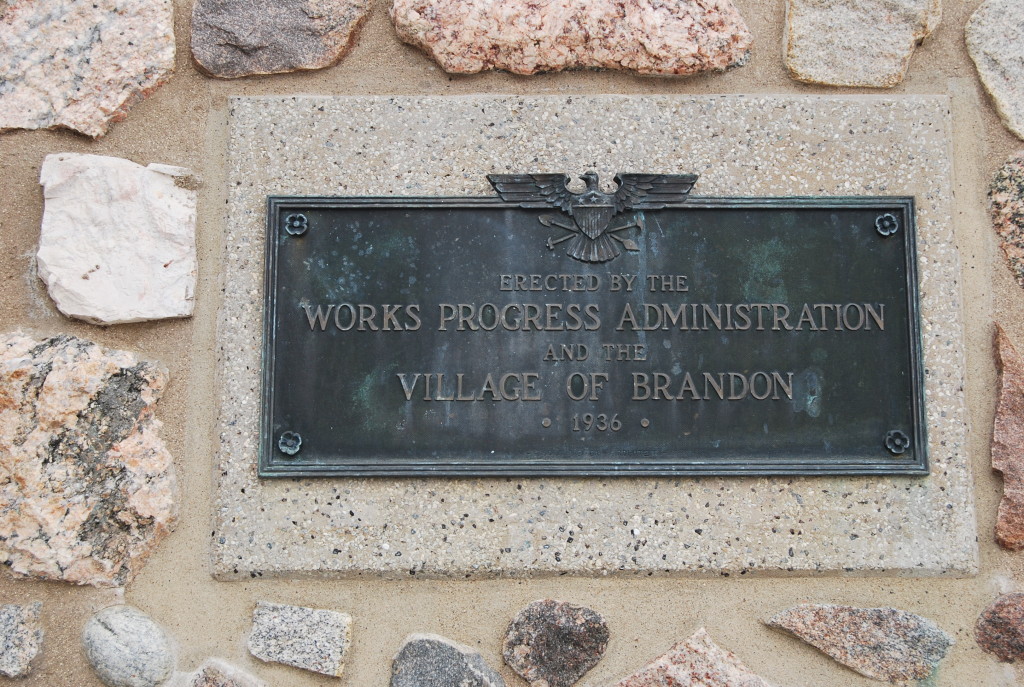 Mostly a thing of the past, one-room schoolhouses used to dot the prairie in the Midwest, during the formative years of states like Minnesota and North Dakota. As the towns grew, schools often consolidated and newer, bigger buildings were built. Often the schoolhouses were simply abandoned, some were demolished, or some were repurposed into township halls, like today’s subject: The Moland Township Hall, formerly known as the “Gunderson School.” Continue reading
Mostly a thing of the past, one-room schoolhouses used to dot the prairie in the Midwest, during the formative years of states like Minnesota and North Dakota. As the towns grew, schools often consolidated and newer, bigger buildings were built. Often the schoolhouses were simply abandoned, some were demolished, or some were repurposed into township halls, like today’s subject: The Moland Township Hall, formerly known as the “Gunderson School.” Continue reading
Monthly Archives: January 2015
Illgen Falls Cabin, Tettegouche State Park

If pressed to name the most idyllic, tranquil, heavenly place in Minnesota, the Illgen Falls Cabin at Tettegouche State Park on the north shore would almost have to be it. The log cabin-style retreat is a secluded A-frame managed by the park service, available to rent every night of the year. Not only is it completely private, furnished, and clean- it sits about 100 feet away from a roaring waterfall. Continue reading
Earl Bunyon, New Town, ND
 As most know, Minnesota is home to all things Paul Bunyan. There are several statues of him, along with his artifacts, his girlfriend, his gravestone, his boat anchor, his marble, and the list goes on. But I’d guess that most Minnesotans are unaware that out on the plains of North Dakota in the heart of the Oil Patch is a concrete statue of “Earl Bunyon,” his cowboy brother. Continue reading
As most know, Minnesota is home to all things Paul Bunyan. There are several statues of him, along with his artifacts, his girlfriend, his gravestone, his boat anchor, his marble, and the list goes on. But I’d guess that most Minnesotans are unaware that out on the plains of North Dakota in the heart of the Oil Patch is a concrete statue of “Earl Bunyon,” his cowboy brother. Continue reading
Brandon City Hall and Auditorium, Brandon, MN
 Awhile back I covered a remarkable building from the 1930’s built by local residents with assistance from the Federal Government in tiny Grey Eagle, MN. These type of projects are found scattered around the state from the Works Progress Administration days of the Great Depression which sought to put people to work by constructing buildings, roads, bridges, and other structures. As was common then, the designs were influenced by Art Deco and “Rustic Style.” Local rock was commonly used, often field stones from local farms, and area residents worked together to build the structures. Continue reading
Awhile back I covered a remarkable building from the 1930’s built by local residents with assistance from the Federal Government in tiny Grey Eagle, MN. These type of projects are found scattered around the state from the Works Progress Administration days of the Great Depression which sought to put people to work by constructing buildings, roads, bridges, and other structures. As was common then, the designs were influenced by Art Deco and “Rustic Style.” Local rock was commonly used, often field stones from local farms, and area residents worked together to build the structures. Continue reading






